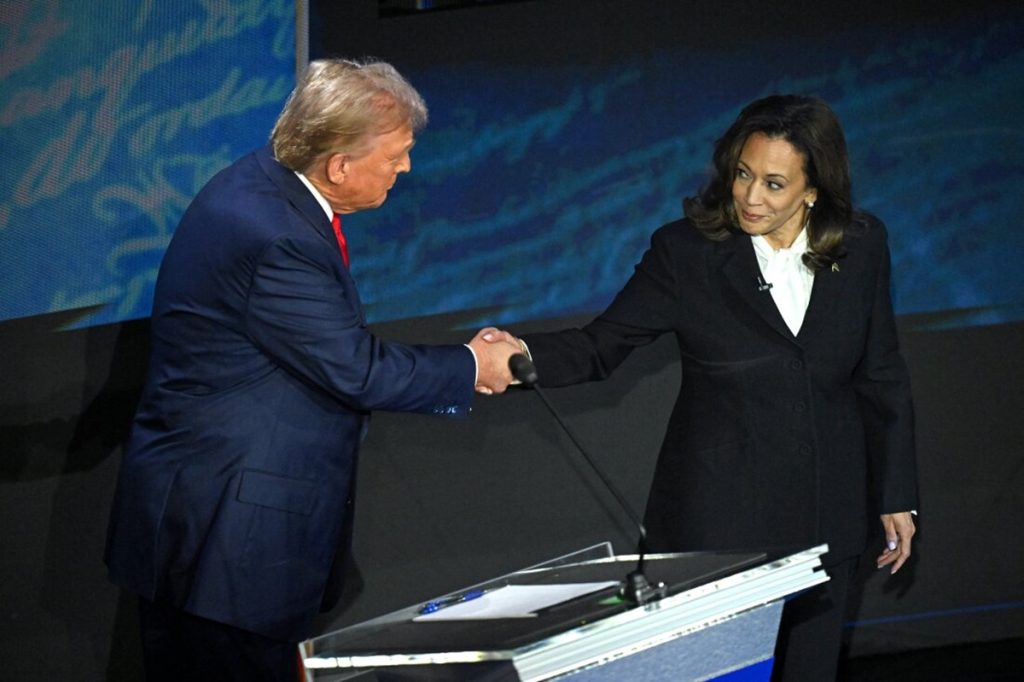The final day of a historic U.S. presidential election sees Donald Trump and Kamala Harris racing to mobilise their supporters, with both campaigns emphasising the existential stakes for America.
Trump, at 78, has recently survived two assassination attempts and is the first former president to be convicted of a felony. In contrast, Harris, aged 60, rose to the top of the Democratic ticket after President Joe Biden, 81, withdrew from the race following a poor debate performance.
Despite the tumult, polls indicate a close race between Harris and Trump, with both candidates neck and neck nationally and in crucial battleground states.
Over 77 million voters have already cast their ballots, but the coming days will test which campaign is more effective at driving turnout. Recent elections have seen unprecedented voter engagement, reflecting the intense passion Trump inspires across party lines.

In the final stretch, both campaigns are flooding social media and traditional media with advertisements while also mobilising grassroots efforts. Harris’s team claims to have made significant inroads, with volunteers knocking on hundreds of thousands of doors across battleground states. Campaign chair, Jen O’Malley Dillon, expressed confidence, citing internal data showing favourable trends among undecided voters, particularly women and younger voters.
Trump’s campaign, while also canvassing, has largely relied on super PACs to reach potential voters, focusing on “low propensity” voters—those who typically do not vote but are expected to support him. By selectively targeting these individuals, Trump’s team believes they can maximise their impact.
Despite the election’s contentious nature, Trump has been laying the groundwork to contest the results if he loses, reiterating claims of fraud from the 2020 election. He has threatened “retribution” against his political opponents and labelled Democrats as the “enemy within.”
At a recent rally, he talked about the vulnerabilities of his security arrangements, implying that any potential assassin would have to confront the media first.
Harris, meanwhile, has positioned Trump as a threat to democracy but maintains an optimistic message, stating she sees Americans across the political spectrum ready to effect change.
“As I travel, I see Americans from so-called red states to so-called blue states who are ready to bend the arc of history toward justice,” she said.
Trump is focusing his campaign on economic concerns, promising tax cuts, inflation reduction, and job creation. His final day will include stops in key battleground states: North Carolina, Pennsylvania, and Michigan, before returning to Florida to vote.
Harris will also campaign in Pennsylvania, a crucial state offering 19 electoral votes. Her itinerary includes visits to competitive areas like Allentown, Pittsburgh, and Philadelphia.
Nonpartisan analysts indicate that Harris needs to secure approximately 45 electoral votes from seven swing states, while Trump requires about 51.
As both candidates prepare for the final push, the outcome hangs in the balance, with each campaign emphasising the significance of voter turnout in this unprecedented election.


